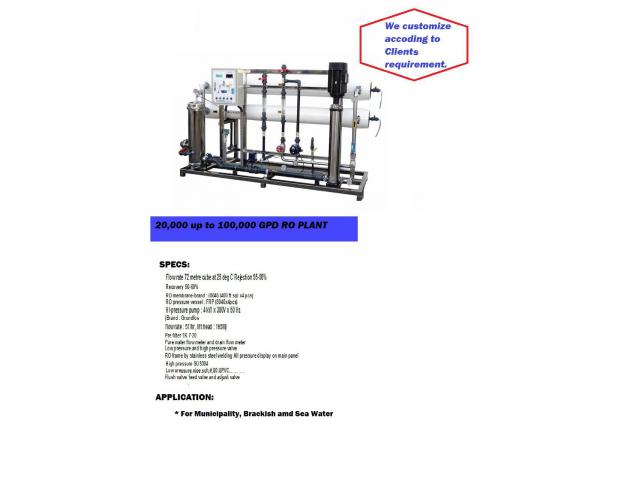
Job details
| Undefined |

| Undefined |
Essentials Hoodie is the American Streetwear Fear Of God Essentials brand. Get Up To 30% Off on Essential Hood...
Customized.ae creates custom-made pins that help strengthen brand identity and elevate style. Our expert pin m...
Emirates Portacabins Manufacturing, a leading UAE manufacturer, offers top-notch portable office containers re...
Wax Papers Hub offers premium-quality custom wax paper, including custom burger paper and custom paper placema...
At Whole House Water Filter, we recognize that water isn’t merely a necessity—it’s a fundamental component tha...
Vorson PK, a renowned "B2B services company" in Karachi, Pakistan, provides comprehensive business solutions f...
0 Comment